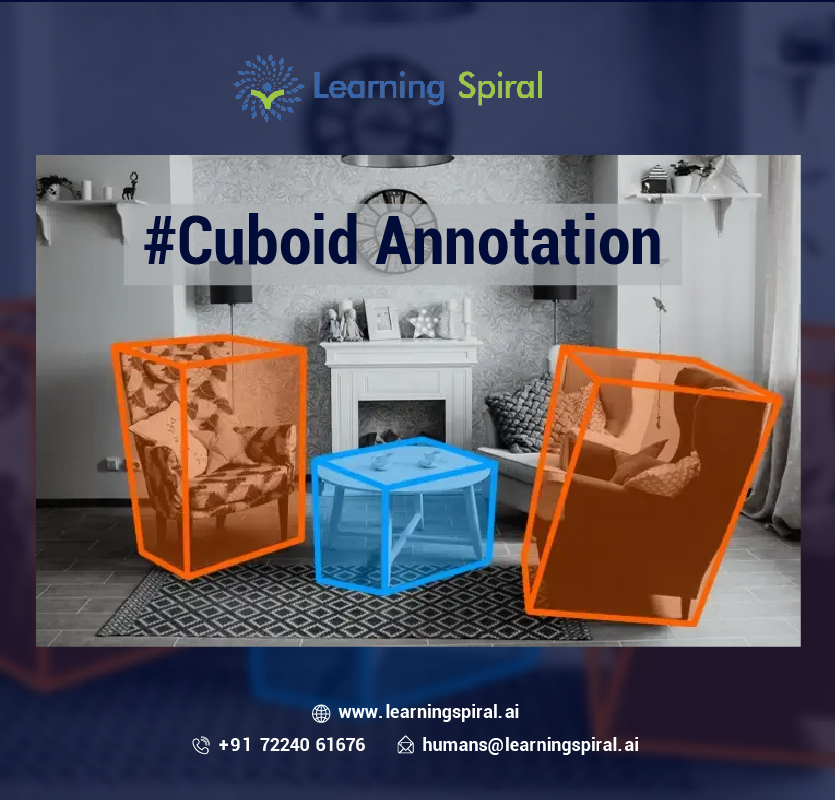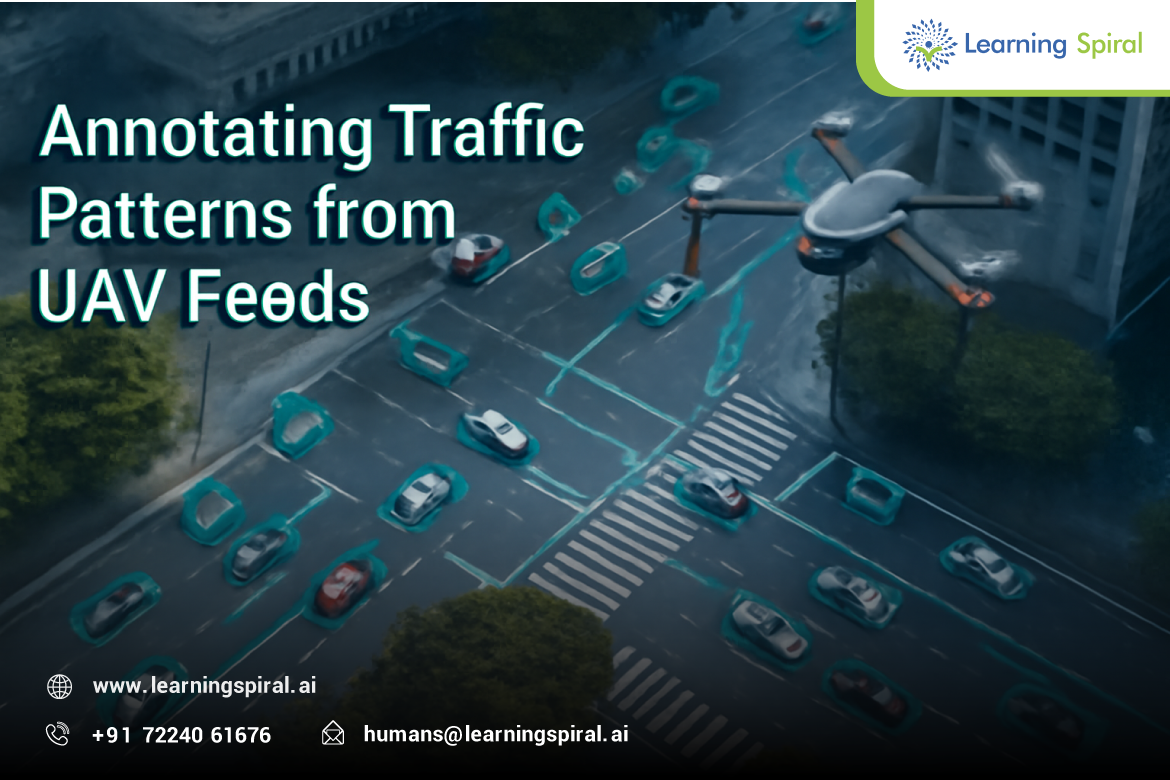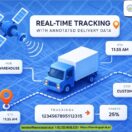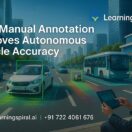Bounding boxes have long been the workhorse of image annotation, providing a basic yet effective way to localize objects within an image for training AI models. It refers to the practice of drawing rectangles around objects of interest within an image.
However, as AI applications become more sophisticated, the need for richer and more nuanced data labeling techniques arises.
That’s what we will be discussing here. This article delves beyond the realm of bounding boxes and explores advanced image annotation techniques that unlock new possibilities for AI development.

1. Image Segmentation:
While bounding boxes indicate the presence and location of an object, image segmentation goes a step further. It involves meticulously outlining the exact boundaries of each object within an image, pixel by pixel.
This creates a detailed “map” of the image, highlighting not just the location but also the shape and size of each object.
There are two main types of image segmentation:
- Semantic Segmentation:
This assigns a single class label to each pixel, regardless of the specific object instance. For example, all pixels belonging to a person might be labeled “person” even if there are multiple individuals in the image.
This technique is useful for tasks like scene understanding and object recognition in autonomous vehicles.
- Instance Segmentation:
This distinguishes individual instances of objects within a class. Each object instance gets a unique identifier, allowing the model to differentiate between multiple people, cars, or other objects in a scene.
This is crucial for applications like image editing tools that require precise selection and manipulation of individual objects.
2. Keypoint Annotation:
This technique focuses on identifying and marking specific key points on objects within an image. These key points can be crucial anatomical landmarks or other significant features that the AI model needs to recognize.
For example, keypoint annotation might be used to identify facial landmarks in images for facial recognition systems. It can also be used to mark specific joints on human bodies in training data for pose estimation models used in animation or robotics.
3. Polygonal Annotation:
While bounding boxes are rectangular, polygonal annotation offers greater flexibility. This technique involves drawing closed shapes with multiple vertices to outline complex object shapes that don’t fit well within a rectangular box.
This is particularly useful for annotating objects with irregular shapes, such as furniture, animals, or handwritten text.
4. Cuboid Annotation:
This 3D extension of bounding boxes adds another dimension to image annotation. Cuboid annotation defines a 3D box around objects in an image, providing information about the object’s depth and volume in addition to its location and size on a 2D plane.
This technique is crucial for training AI models used in robotics applications and augmented reality (AR) where understanding the 3D structure of the environment is essential.
5. Text Annotation and Optical Character Recognition (OCR):
Image annotation extends beyond objects and encompasses text data as well. Text annotation refers to labeling text within images with its corresponding meaning. This can be done through various techniques, including:
- Optical Character Recognition (OCR): Extracting the actual text content from images and converting it into a machine-readable format.
- Text Bounding Boxes: Labeling the location of text within an image with a bounding box.
- Text Classification: Assigning a category label to text, such as “street sign,” “product label,” or “document header.”
Choosing the Right Technique:
The optimal image annotation technique depends heavily on the specific needs of the AI project. Bounding boxes remain a valuable choice for simple object localization tasks.
However, for tasks requiring greater detail, advanced techniques like image segmentation, keypoint annotation, or polygonal annotation become crucial.
The Future of Image Annotation:
As AI evolves, so too will image annotation techniques. Emerging trends include leveraging AI for semi-automated annotation tools, integrating active learning to prioritize high-value data for labeling, and exploring the potential of crowd-sourcing platforms for large-scale image annotation projects.
By embracing these advanced techniques, we can unlock the full potential of image annotation, empowering AI models with richer understanding and paving the way for groundbreaking advancements in various sectors.






